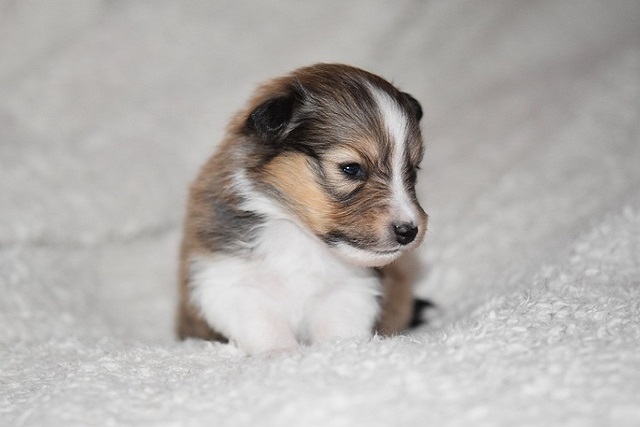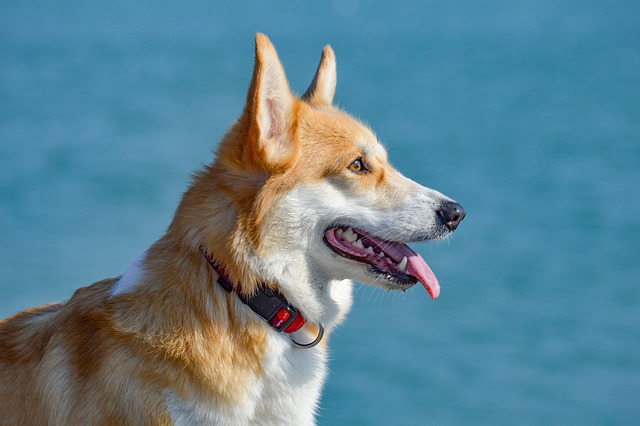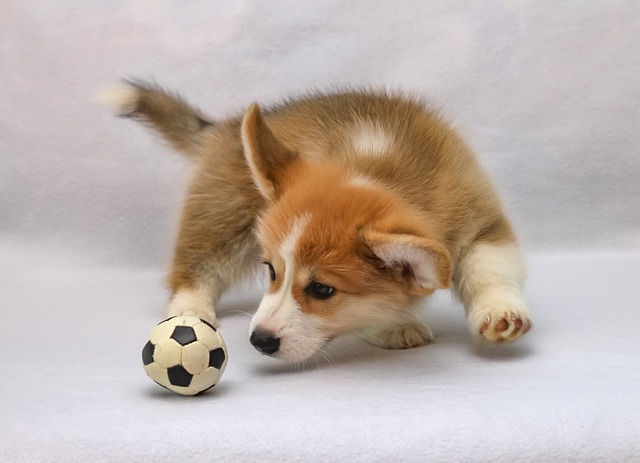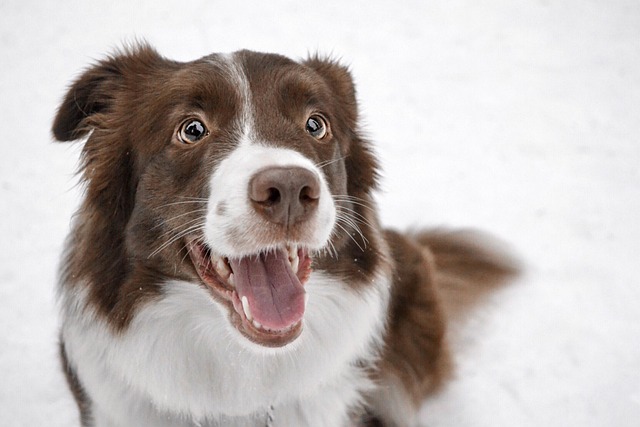
How do I get rid of my dog's smelly breath?
If your beloved dog has developed a less-than-pleasant odor coming from their mouth, you're probably wondering how to address this issue.
When you see your furry companion trembling at the sound of fireworks or desperately pawing at the car door on the way to the vet, their anxious demeanor tugs at your heartstrings. Dogs can’t verbalize fear—they communicate inner turmoil through shaking bodies and uneasy eyes. To help them break free from anxiety’s grip, we must approach them with the patience of dismantling delicate machinery, using behavioral wisdom and unconditional love to build a bridge out of emotional distress. Only then can those tense, curled-up bodies relax into postures of trust again.
Immediate "Environmental Isolation" is an emergency measure to ease anxiety. Just as humans need a safe corner when panicked, dogs first require distance from triggers. During thunderstorms, swiftly carry your dog to a windowless closet, shut the doors, and play white noise to mask the booms. If visitors cause stress, guide them to their crate and create a semi-enclosed "safe pod" with covers. One owner shared how her Bichon, terrified of vacuums, now waits calmly in the bathroom with faucet sounds masking the noise—this "physical barrier + sound masking" combo significantly reduced panic attacks. Isolation isn’t neglect; it’s a message: "Danger stays out. You’re safe here."
"Positive Desensitization Training" is the cornerstone of rebuilding security, requiring puzzle-piece patience. Take a blow dryer–phobic dog: Start with the device off on the floor, offering treats to forge a "blower = snacks" link. Next day, turn it on low from 3 meters away, rewarding calm behavior. Gradually halve the distance daily until acceptance is achieved. One Poodle owner spent two months retraining her dog, who once urinated in fear, to now lounge nearby during hair drying. This step-by-step method rewires the brain’s "fear code," much like teaching a child darkness holds no monsters by slowly increasing light exposure.
"Physical Comforting" techniques use physiology to convey safety. The "hug pressure method" works wonders—anxiety wraps or snug towels mimic swaddling, triggering calming neurochemicals. One rescued stray, clad in a pressure vest, lay placidly during blood draws, the gentle squeeze restoring long-lost安全感. Massage also soothes: Rub between the ears and shoulder blades where nerve clusters activate the parasympathetic system, switching off "fight mode." A trainer shared his ritual—squatting, offering a hand to sniff, then massaging upward until the dog flops belly-up. That flip from tension to vulnerability is fear yielding to trust.

"Food Therapy", when used scientifically, transforms anxious moments into positive associations. High-protein, low-GI treats like freeze-dried chicken (rich in tryptophan) boost serotonin. Pair this with "context training": Before vet visits, serve chamomile-infused canned food; during storms, offer peanut butter–stuffed puzzle toys to override fear with focus. One Golden Retriever owner ingeniously taped her dog’s vet photo to a treat jar—soon, the pup wagged at the image alone. This "fear-to-joy rebranding" plants happy memories over trauma, seed by seed.
The day you notice your once-doorbell-reactive dog now waits calmly on the couch, or your vet-shy pup walks willingly into the clinic, you’ll see the invisible safety net woven from your patience. Anxiety isn’t a "flaw"—it’s their sensitive response to the world, like humans fearing heights or the dark. Our role isn’t to demand bravery but to kneel and say in their language: "I see your fear, and I’ll face it with you." Those treats given during stress, the arms that hold them steady, the thousand repetitions of training—all crystallize into the trust shining in their eyes. True healing isn’t erasing fear but proving, again and again, that you’ll be their shelter in every storm.

If your beloved dog has developed a less-than-pleasant odor coming from their mouth, you're probably wondering how to address this issue.

When you see other people’s Toy Poodles prancing around like walking cotton balls—their fluffy, soft curls bouncing with every step—while your own pup’s coat lies flat and lifeless,

When your Husky wags its tail and bounds toward you, ready for a hug, only to be met with an overpowering odor that makes you recoil,

In the living room late at night, the table lamp casts a gentle halo in the corner. Your dog is curled up in a furry nest, and his belly rises and falls gently with his breathing.

In the eyes of these fluffy little beings, every moment of putting on a leash signifies a new adventure. When owners stand by the door holding the leash, dogs always wag their tails excitedly, full of anticipation for the upcoming walk.

Samoyed's pure white fur, like the purest snowflakes in winter, is their most proud feature. However, when these snow-white hairs start to turn yellow,